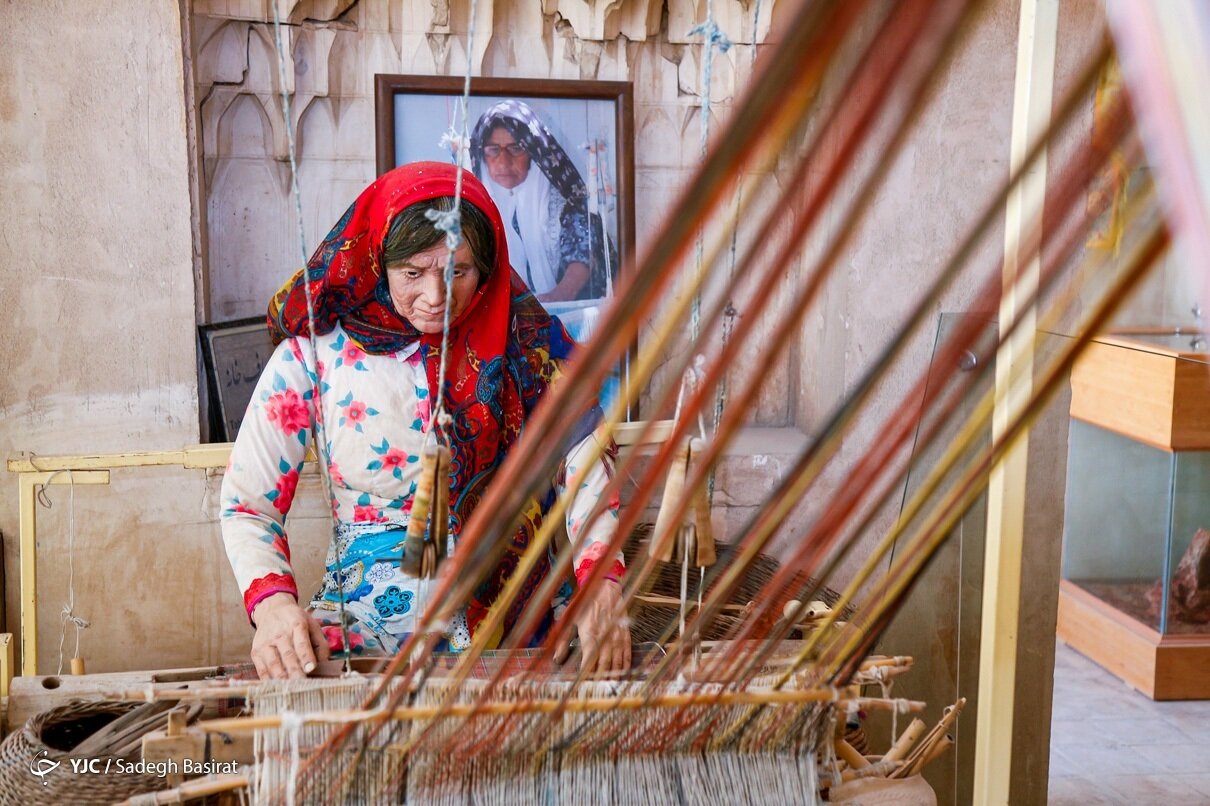Textile history museum inaugurated in Kashan

TEHRAN – On Monday, Kashan’s first Persian textile history museum was inaugurated in the oasis Iranian city that is registered as a world city of traditional textiles.
The inauguration ceremony was attended by Maryam Jalali Dehkordi, who serves as the deputy minister for handicrafts, along with several local officials, craftspeople, and tourism insiders, CHTN reported.
The museum has been set up in a historical house with 14 rooms that cover 600 square meters in area, the report said.
Kashan is situated on a route that connects Tehran to the giant destinations of Isfahan, Shiraz, and Yazd. Moreover, the ancient town is a gateway to many sights, stories, and surrounding attractive villages to discover. Amongst the highlights are the lavishly decorated houses of Brujerdi, Tabatabai, Ameri, and Abbasi.
The museum houses and displays more than hundreds of objects, including authentic textiles and local tools and equipment made by the ethnic communities, as well as a handicrafts sales exhibition.
The museum is intended to turn the spotlight on the process of making a textile, which starts with the raw material through the weaving stage and ends with the finished product, using life-sized wax figures.
According to organizers, visitors to the place have the opportunity to test their skills on the loom and touch on exhibits. Also on display are arrays of contemporary works based on traditional weaving and design techniques. Traditional costumes and fashion accessories used in ceremonies are on display as well.
Earlier this year, the World Crafts Council registered Kashan and Dezful on its list of global cities of handicrafts. “Dezful was registered as the world city of Kapu-weaving (or Kapu-bafi, a kind of coiled wicker using leaflets of palm trees) and Kashan as the world city of traditional textiles by the World Crafts Council,” the tourism minister said.
As mentioned by Iranica, textile production in Iran dates back to the 10th millennium BC, and much of the output of Persia’s weavers has rightly been hailed as masterworks.
Information on ancient Iranian textiles is somehow fragmentary and episodic, and relates to the ruling households, the military, divinities, and occasionally priests; depictions of women (even female goddesses) are rare.
In fact, our knowledge of dress in ancient Persia comes from pictorial depictions mainly on rock reliefs, metalwork (including coinage), seal impressions, and, from about the second century CE, wall paintings.
AFM
Leave a Comment